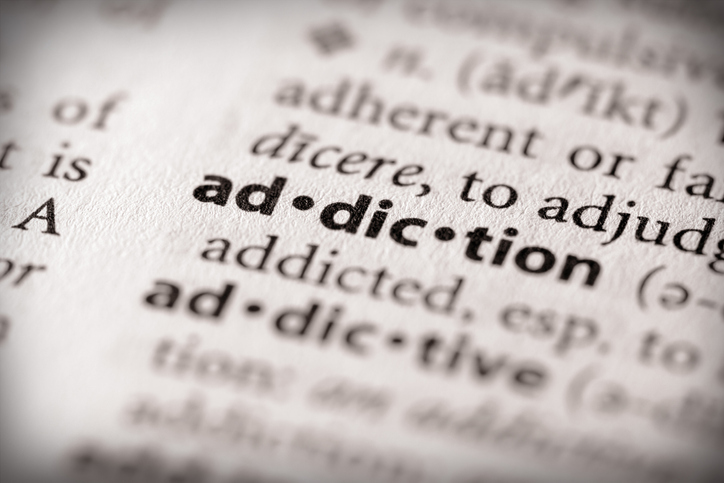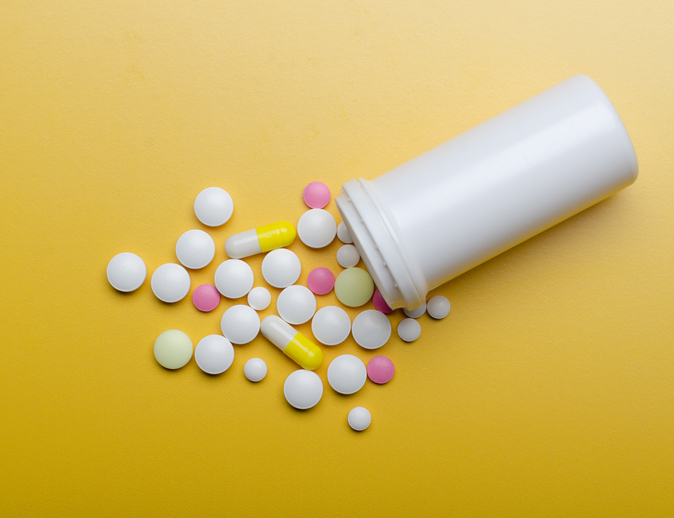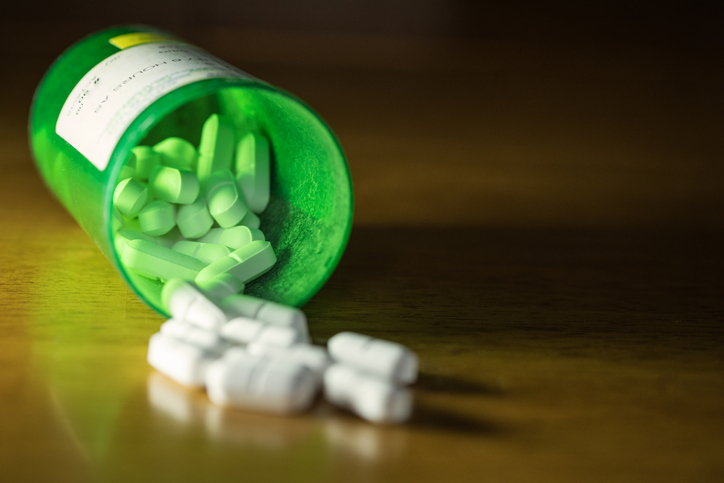Opioid Epidemic
Treatment Options for Addiction

Addiction is a chronic dysfunction that involves the reward, motivation and memory systems in the brain. To separate addiction from other neurological disorders, experts say that four factors must be present. These four factors, compulsion, craving, consequences and control, are unique to addiction.
There are many treatment options for those living with addiction. Successful treatment is dependent on the individual and their own circumstances and preferences. Below are various treatment options available for addiction.
Inpatient
Inpatient rehabilitation treatment involves being in a facility around the clock. Recovery is the main focus, and staff are available 24/7 to offer support. Counseling, education, and treatment for co-occurring mental health conditions are also available. Inpatient rehab offers the ability to avoid triggers while receiving medical and psychiatric support during the detoxification process. Accountability is higher during inpatient rehab programs.
Outpatient
Outpatient rehabilitation programs include day programs wherein the individual returns home in the evening. They may occur every day or a few days each week. Although outpatient programs are less intensive than inpatient programs, they still provide counseling, support, and education. Since they are only part of the day, the duration typically lasts longer than inpatient programs. Outpatient programs provide the ability to continue working while receiving treatment. Additionally, they may be more affordable and online options may be available.
Detoxification
Detox is the process of ridding a substance from the body. This may be done slowly (cold turkey) or over time (tapering). The “cold turkey” method can be dangerous for certain substances, such as opioids, benzodiazepines, and alcohol. A physician may prescribe drugs as part of a treatment option for addiction.
The duration of the “taper” period is dependent on various factors, including how long the addiction has lasted and the amount being consumed. It could take weeks or several months to safely taper off substances. It is not recommended to detox without medical supervision. Detox can occur in a hospital, outpatient clinic, inpatient rehab center, or home.
Medical assisted treatment
Medical assisted treatment (MAT) combines medication with counseling and behavioral therapies to treat opioid use disorders. This may include buprenorphine, methadone and naltrexone, which can be taken by injection, buccal or sublingual films, subdermal implants, and sublingual tablets. This combination is beneficial in the treatment and sustained recovery of opioid addiction.
Sober living houses
Sobriety is frequently difficult to maintain when re-entering day-to-day life following inpatient or outpatient rehab programs. Sober living houses are residential facilities that act as a transition from rehab programs into mainstream society. Although these houses do not provide counseling, they offer a peer-managed home that is free of substances.
Harm reduction services
Some individuals may not be prepared or able to completely stop using their substance. Harm reduction services recognize that everyone is at a different level of recovery. They offer the resources needed to use substances safely. Harm reduction services include, but are not limited to, the following:
- Overdose education
- Treatment referrals
- Naloxone distribution
- Sterile supplies
- Supervised use of sites and hotlines
- Reduced stigma
- Substance test kits
Additional sources: Verywell Mind and Substance Abuse and Mental Health Services Administration











